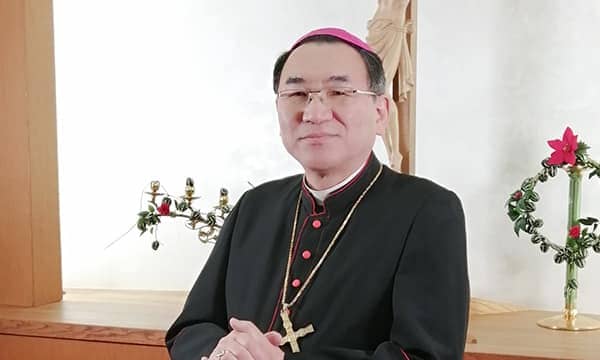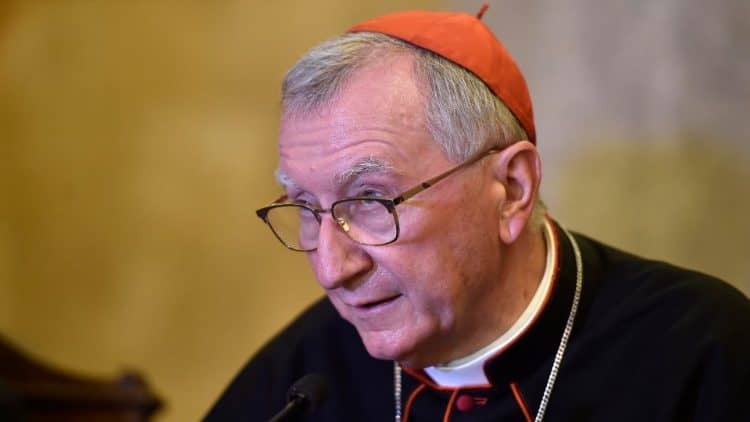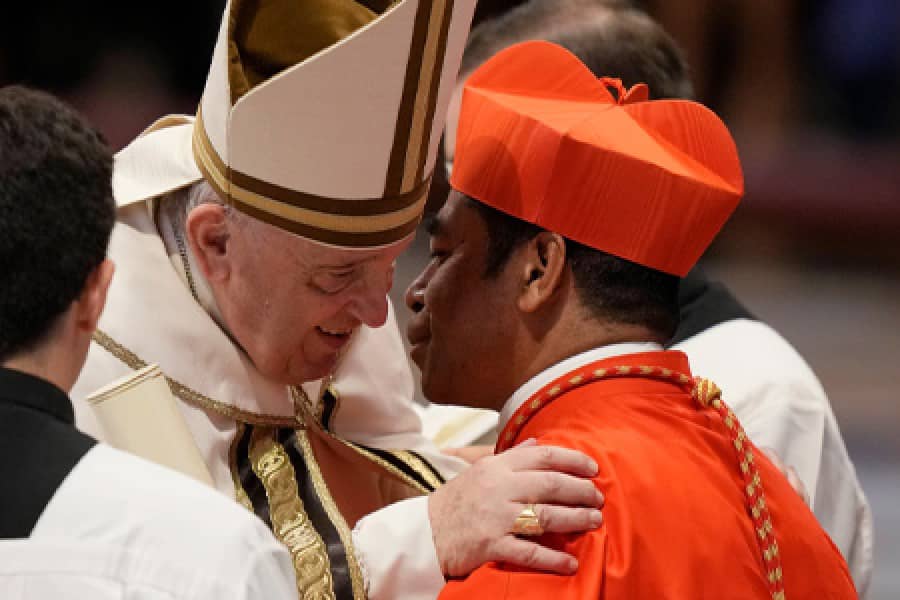Arguably, anyway, it took several centuries to arrange the first-ever meeting between a Pope and a Russian Orthodox Patriarch this past February in Havana, Cuba, where Pope Francis and Patriarch Kirill of Moscow staged their historic encounter in an airport lounge.
Yet just four months later, the mayor of Bari, in Italy, is eager to be first in line to host their second summit.
Avvenire, the official newspaper of the Italian bishops’ conference, reported Monday on a letter sent from the Vatican’s Secretary of State, Italian Cardinal Pietro Parolin, to Mayor Antonio Decaro of Bari, thanking him for volunteering to be the site for the pope and patriarch’s second get-together.
The letter was received, as it turns out, on the second day of an annual local festival devoted to St. Nicholas, whose remains are preserved in Bari and whose cult is a major object of devotion for Russian Orthodox faithful around the world.
Decaro, according to the Avvenire report, had sent the Vatican an earlier missive voicing the city’s “ardor” to hold such an encounter, given the “the symbolic importance of Bari in the ecumenical journey of encounter among the various churches.”
The mayor stressed the important centers of devotion in the city dedicated to St. Nicholas, especially “the pontifical basilica and the Russian Church, which each year attract thousands of pilgrims and faithful to venerate the relics of the Bishop of Myra that are preserved in the crypt of the basilica.”
It’s true that Bari would be a logical place for an encounter between a pope and an Orthodox leader. Although it’s in Italy, it was ruled from Byzantium both politically and ecclesiastically until the 10th century.
Bari also features a church dedicated to St. Nicholas that was originally funded by the Russian czar in the early 20th century, and which was returned to the Russian government in 2009.
The current Patriarch of Moscow, Kirill, has visited Bari multiple times, including attending a Eucharistic Congress there in 2005, and the current rector of the Russian Church, Russian Orthodox Father Andrey Boytsow, said he’s sure Kirill would accept an invitation to meet Francis in Bari because “he loves this city.”
In fact, Boystow claimed, their first meeting was actually originally set for Bari, and got moved to Havana only because of the coincidence that Kirill was already scheduled to be there for a visit when Francis’ trip to Mexico was announced.
In his letter to Decaro, Parolin thanked the mayor for “the sentiments with which you follow the ecumenical journey,” in a city “important for the development of these relations,” in particular with “the churches of the East thanks to the presence of the relics of St. Nicholas.”
A fourth-century bishop in the city of Myra in Asia Minor, St. Nicholas is widely revered in both East and West. His remains are believed to produce a miraculous fluid, the “manna of St. Nicholas,” said to be a sweet-smelling resin with healing properties.
In the West, St. Nicholas is the patron saint of children, which is how in a convoluted series of historical twists he provides part of the basis for the legend of Santa Claus. In the East, St. Nicholas, in addition to being one of the co-patrons of Russia, is a patron saint for sailors.
By consensus, the remains of St. Nicholas arrived in Bari in the 11th century. The circumstances are disputed.
According to local tradition, the bones were “rescued” from Myra in Asia Minor by 62 Italian sailors, saving them from the clutches of invading Saracens. One of the small, winding streets in the old town that leads into the Basilica of St. Nicholas in Bari is named “62 Sailors Street,” recording this act of liberation.
An annual festival commemorates the arrival of St. Nicholas’ bones, called the “translation,” to Bari, which is conventionally dated to May 9, 1087. Thousands of people come for the festivities, which begin on the morning of May 7.
Local clergy board a boat with an icon of St. Nicholas to spend the day at sea. The public square and other areas are festooned with large, lacy screens. When the icon returns, a procession of people in 11th century costumes follows it from the port of San Giorgio to the square in front of the Basilica of St. Nicholas.
After a special Mass on May 9, the rector of the basilica crawls into an opening at the front of the tomb and brings out the manna. A great exclamation rises as the vessel is elevated. The vessel is carried up into the church, where the faithful line up to venerate the manna. Outside, the celebration continues into the night.
Many Orthodox, however, charge that the relics were stolen from Asia Minor by Italian mercenaries who hoped to cash in on the saint’s fame. Such behavior was not uncommon in the Middle Ages, when the possession of the relics of a famous saint could cause cities to prosper, acting as a magnet for pilgrims.
One Orthodox source, for example, writes that the relics of St. Nicholas were “carried off under the noses of the lawful Greek custodians and their Mohammedan masters.”
Another, referring to the “abduction” of the remains instead of their “translation,” charges that the Italian sailors took advantage of the confusion caused by the arrival of the Saracens to rob the bones from the saint’s tomb, over the objections of the Greek monks who were their custodians.
Today, St. Nicholas seems to function more as an agent of Catholic-Orthodox unity than division.
During the annual May festival in Bari, Orthodox clergy routinely join their Catholic counterparts in the processions, the veneration of the icon, and the exposition of the manna. The relics, and especially the miraculous manna that devotees believe they produce, still draw thousands of Orthodox pilgrims to Italy each year, and they’re welcomed graciously by their Catholic hosts.

















